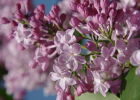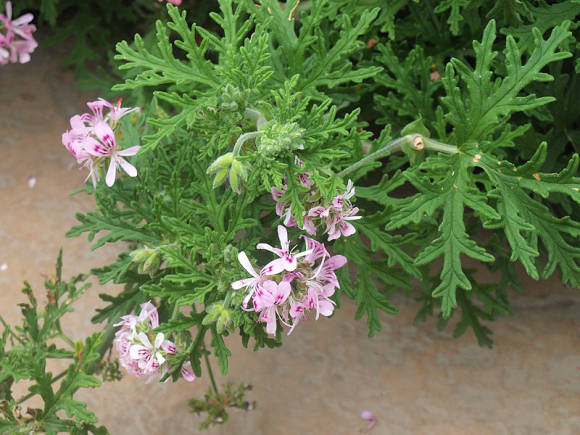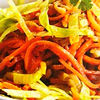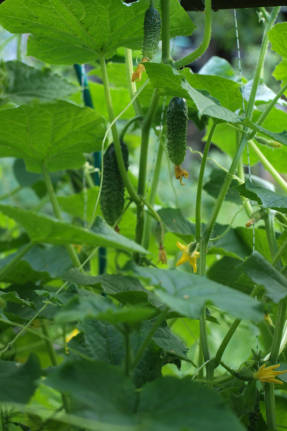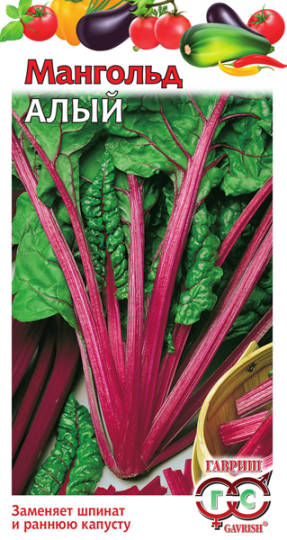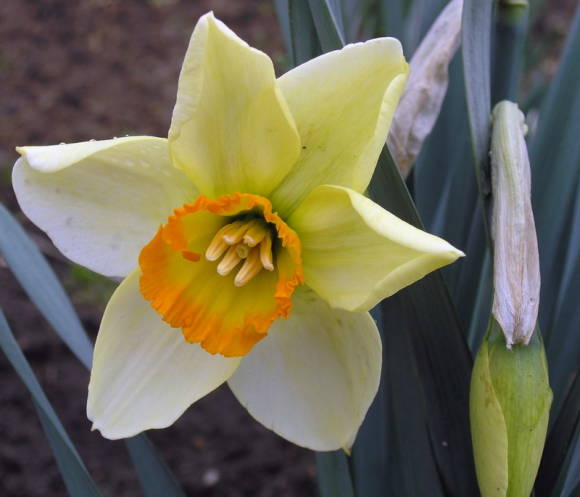Heuchera are amazing decorative deciduous plants that appeared in our gardens less than 10 years ago and in such a short time have gained great popularity among flower growers and designers. And there are many reasons for such a rapid spread.
 |
Firstly, geychera are winter-hibernating plants and in early spring, after the snow melts, they appear with leaves that have survived winter frosts and snow drifts. Agree that it is surprisingly pleasant when the plant adorns the flower garden from early spring to frost.
Secondly, there are many varieties with different leaf colors, from pure green to silver and purple, with contrasting veins and border around the edges.
The colors of the flowers of these amazing plants are just as varied: from traditionally blood-red to pale pink, pastel-coral and almost white. Low panicles, strewn with small bells, float delicately over neat tufts of decorative leaves. What could be more attractive?
Thirdly, their relative unpretentiousness and good winter hardiness can be attributed to the indisputable advantage of Heucher. Even without a special shelter, geykhera perfectly tolerate frosty winters. They suffer, as a rule, from the drying effect of the spring sun, since winter-green leaves begin to evaporate moisture early, while the roots, which are in the frozen ground, have not yet been involved in nutritional processes and cannot provide the leaf mass with sufficient nutrition and moisture. To avoid the spring fallout of plants, immediately after the snow melts, they must be watered abundantly with warm water in order to stimulate the awakening of the root system and shade the plants using available material for this: plastic boxes, spruce branches taken from roses or homemade screens covering the plants from the south side. I usually use plastic trellis boxes that I throw over brightly colored plants that come out from under the snow.
 |
In addition, heucheras are practically not affected by pests and fungal diseases. The most common disease for them is root rot, which appears in too humid places and with the aging of an adult bush. If the plant is affected by rot at the base, it is urgent to cut off the sockets not affected by the disease, leaving only the healthy part of the stem without the dark rotten core, and root the resulting cuttings. As a result, you will not only save the diseased plant, but also get a lot of healthy planting material. Young plants are planted in ordinary garden soil with the addition of complete mineral fertilizer, ash and sand.
 |
Fourthly, I would attribute their extraordinary variability during the season to the undoubted merit of Heucheras. Among the variety of varietal Heucheras, there are many varieties in which the young leaves growing in the center of the rosette are very different from the old leaves that make up the lower tier. In spring, young growing leaves have delicate, blurred shades, and by autumn the foliage is gaining color saturation, which makes the plant a true treasure and decoration of any flower garden. So the ‘Beauty Color’ young leaves are velvety, brown-red with dark veins and a light green rim along the edge, and the lower tier consists of green leaves with silvery marble veins and a thin red-coral rim. Heuchera are also changeable, depending on the dream of planting, soil and lighting. Having planted two bushes of the same variety in partial shade and in the sun, you will not get twins as a result - the leaves will be very different in color saturation. In some varieties, contrasting veins and silvery bloom are more pronounced in the shade. The foliage of some varieties is just as variable throughout the season. So in the 'Can Can' variety, the fringe of the leaves begins to appear only in mid-July, and by the end of summer the bush will resemble the fluffy skirts of a dancer. Thanks to this, the variety got its name.
 |
Geykhera shaker (Heuhera brizoides)"Pluie de Feu"
Height 20 cm. Flowering - June-July.
Compact plant with green marbled leaves. Red flowers.
Heuchera hybrid "Beauty Color"
Height - 25-30 cm. Flowering - June-July.
Silver-green leaves and yellow-red edges in early spring and fall. The flowers are red.
Heuchera hybrid «Can Can»
Height - 25-30 cm. Flowering - June-July.
Leaves are dense, strongly curly marbled white with plum veins and a red-purple lining. Young leaves are pink in color, as they grow, turn to silver. Blooms in summer with greenish-white flowers.
 |
Heuchera hybrid "Cappuccino"
Height - 30 cm. Flowering - June-July.
The leaves are purple-brown, wavy. The flowers are creamy white.
Heuchera hybrid «Caramel»
Height - 25 cm. Flowering - July-October.
Large, dense golden caramel leaves with a red lining. The older the plant, the more intense the color of the leaves. The flowers are creamy white.
Heuchera hybrid "Color Dream"
Height - 30 cm. Flowering - June.
The leaves are decorative, shiny, silvery-purple. In summer, a clear red border appears along the edges, which persists until winter. The flowers are white.
 |
eichera hybrid "Frosted Violet"
Height - 25-30 cm.
The lovely pink-purple leaves turn a deep plum-purple towards the end of the season. The pink flowers make this Heuchera unique.
Heuchera hybrid "Magic Color"
Height - 30 cm. Flowering - May-July.
At the beginning of the season, the leaves are emerald green, with red veins and a golden border, then they turn pink and become silvery with purple veins and a red border, going through a stage of pink in the process of growth. The border is the brighter the drier the soil at the end of the season.
 |
Heuchera hybrid «Mocha»
Height - 35 cm. Flowering - July-October.
Incredible volumetric bump of evergreen large leaves of a deep brown color. The flowers are creamy.
Heuchera hybrid «Pewter Moon»
Height - 30 cm. Flowering - July-August.
Lovely and decorative dark green leaves with a silvery sheen and purple lining. The veins are deep, dark green, embossed. The flowers are creamy pink.
Heuchera hybrid «Regina»
Height - 25 cm. Flowering - June-July.
Purple-bronze leaves form compact round decorative tussocks. Flowers are pink.
 |
Heuchera hybrid «Silver Scroll»
Height - 30-35 cm. Flowering - May-June.
Marble silvery leaves with dark purple veins. The flowers are white, large, on a strong peduncle.
Geichera hybrid Obsidian»
Height - 25 cm.
Almost black, rounded, leathery glossy foliage that does not change color throughout the season. Bloom is inconspicuous in June.
Heuchera hybrid "Tiramisu» NEW!
A variety with amazing foliage, changing color from light green in spring to bright yellow with red veins and orange-red spots. Creamy pink lace flowers. Partial shade is preferred.
Heuchera hybrid "Midnight Rose» NEW!
Height 25 cm.
The leaves are brown-black in spring, covered with bright pink spots and dots, in summer the spots are creamy and pink. The bush is compact. The flowers are small, creamy. The sun is partial shade.
 |
Heuchera hybrid "Pistache»
Height 25-30 cm.
Large lemon-yellow leaves covered with soft hairs, large white flowers, grows quickly, very effective when planted together with dark-leaved varieties.
Heuchera hybrid "Miracle» NEW!
Height 25-30 cm
Leaves are green in spring, then dark red-purple with a yellow border. Young leaves of amazing color. The flowers are pink. Blooming later.
Heuchera grow well on any garden soil, preferring neutral and slightly alkaline soils, slightly moist. The plant, as already noted, does not tolerate wetting, therefore, it is better to choose a well-drained planting site. Heuchera grow very well in containers. Growing purchased meristemic plants in containers is much more convenient than in a traditional school.In case of prolonged rains, the container can be moved to a place protected from rain, and if summer, like this year, is distinguished by dry hot weather, then it is preferable to keep the container with young immature plants in partial shade, protected from the bright drying sun.
Heuchera rarely grow in one place for more than 4-5 years. Old rosettes grow upward, the lower stem is exposed, which makes the plant not too decorative and prone to root rot. But this disadvantage is compensated by the ease of propagation and propagation by cuttings. It is enough to dig up an adult bush, divide it into separate outlets with or without a root system. Plant them in loose air and moisture-absorbing soil in partial shade and wait for rooting. After that, you can transplant the plants into flower beds. Thus, without unnecessary costs, you can get your own high-quality planting material.
In conclusion, I would like to note the special place that Heuchers occupy in design. Due to their stable decorativeness, Heucheras are perfect for planting at the front edge of mixborders and ceremonial flower beds. They go well with daylilies, chamomiles, echinacea, peonies, phloxes, chrysanthemums and other decorative perennials and cereals.
Close relatives of geykher - geykherella (an interspecific hybrid between geykher and tiarella) - grow remarkably in partial shade and decorate shady compositions with hosts, buzulniks, astilbes and badans.
 |  |
 |  |
 |  |
 |  |
Photo by the author
You can order these and other varieties of geyher from Tatyana Zhashkova by e-mail: [email protected]
